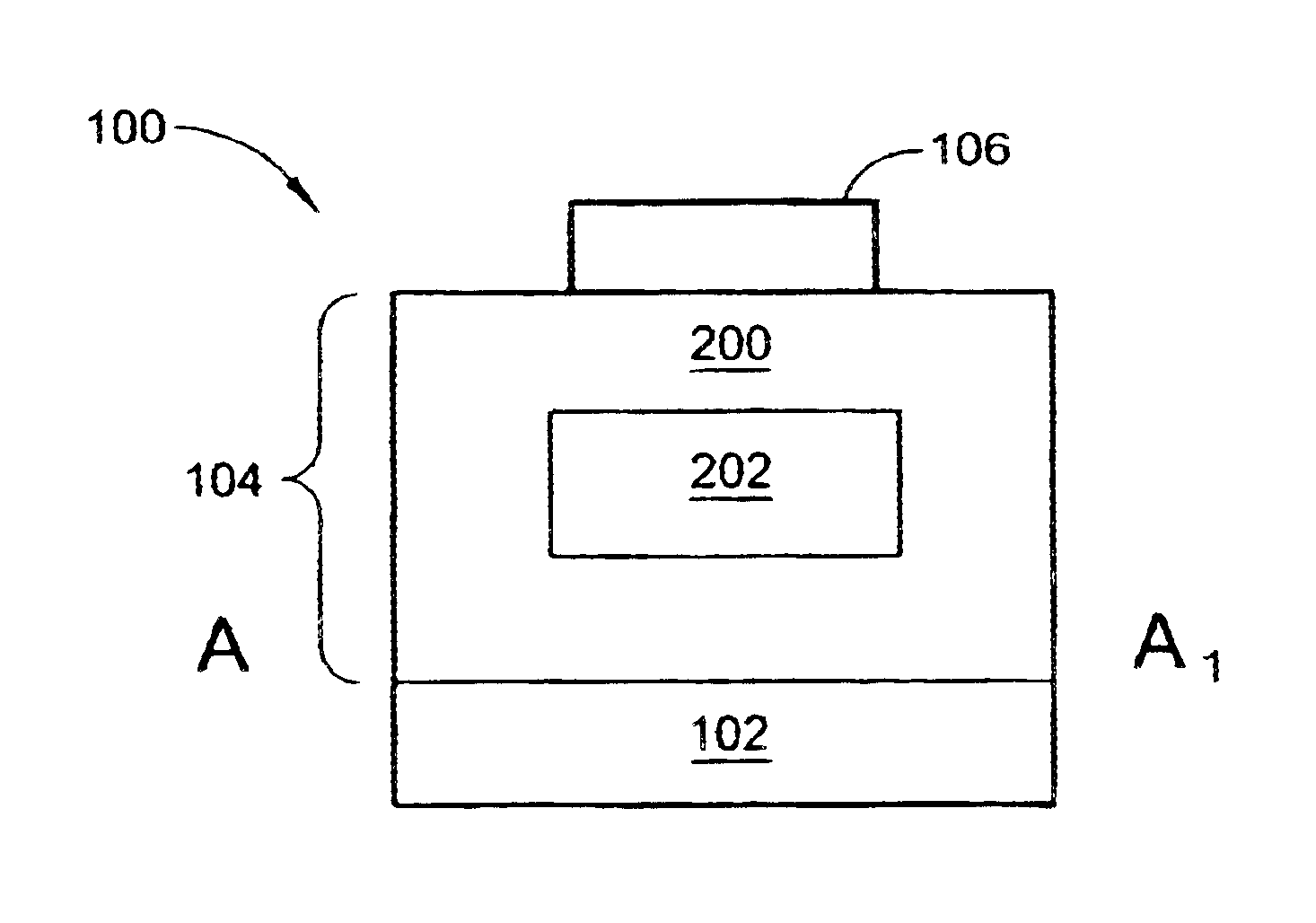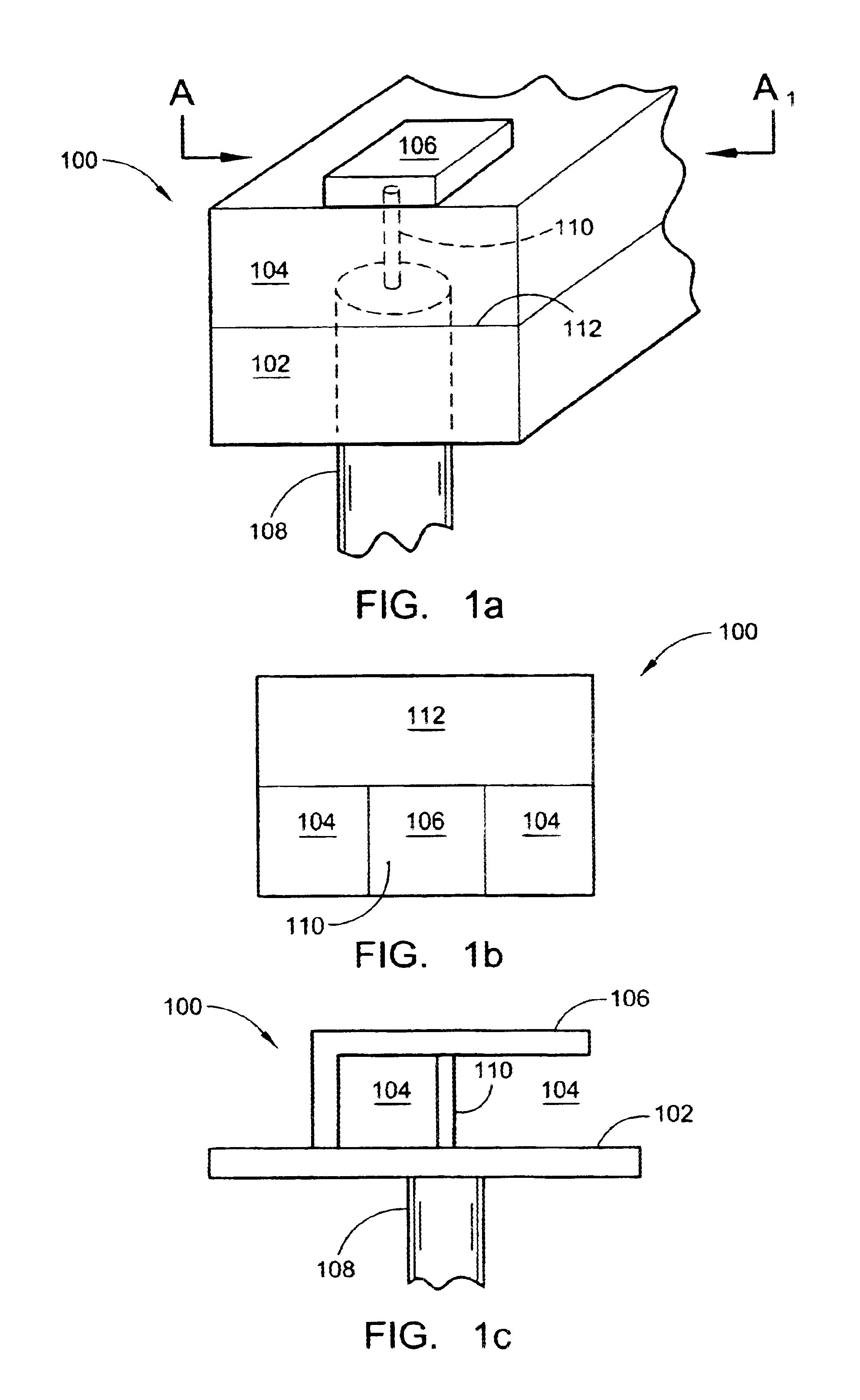Ferroelectric antenna and method for tuning same
a ferroelectric antenna and antenna technology, applied in the field of wireless communication antennas, can solve the problems of ferroelectric tunable components operating in rf or microwave regions that are perceived as particularly lossy, and the loss of most fe materials
- Summary
- Abstract
- Description
- Claims
- Application Information
AI Technical Summary
Problems solved by technology
Method used
Image
Examples
Embodiment Construction
The present invention describes a family of antennas with a selectable operating frequency. Generally, each antenna includes a radiator and a dielectric with ferroelectric material proximate to the radiator having a variable dielectric constant. The radiator is resonant at a frequency responsive to the dielectric constant of the ferroelectric material. Some antennas include a counterpoise to the radiator. Other antenna designs include a counterpoise and radiator that are arbitrarily designated. Yet other designs include a counterpoise and radiator that are not distinctly distinguishable from each other.
In one aspect of the present invention, the family of antennas presented below have an FE dielectric layer included to effectively tune the resonant frequency of a single-radiator antenna, unlike prior art antennas which rely upon multiple radiators to achieve any appreciable bandwidth or resonant frequency change. The present invention single-radiator antennas are defined herein as s...
PUM
| Property | Measurement | Unit |
|---|---|---|
| thickness | aaaaa | aaaaa |
| thickness | aaaaa | aaaaa |
| resonant frequency | aaaaa | aaaaa |
Abstract
Description
Claims
Application Information
 Login to View More
Login to View More - R&D
- Intellectual Property
- Life Sciences
- Materials
- Tech Scout
- Unparalleled Data Quality
- Higher Quality Content
- 60% Fewer Hallucinations
Browse by: Latest US Patents, China's latest patents, Technical Efficacy Thesaurus, Application Domain, Technology Topic, Popular Technical Reports.
© 2025 PatSnap. All rights reserved.Legal|Privacy policy|Modern Slavery Act Transparency Statement|Sitemap|About US| Contact US: help@patsnap.com



